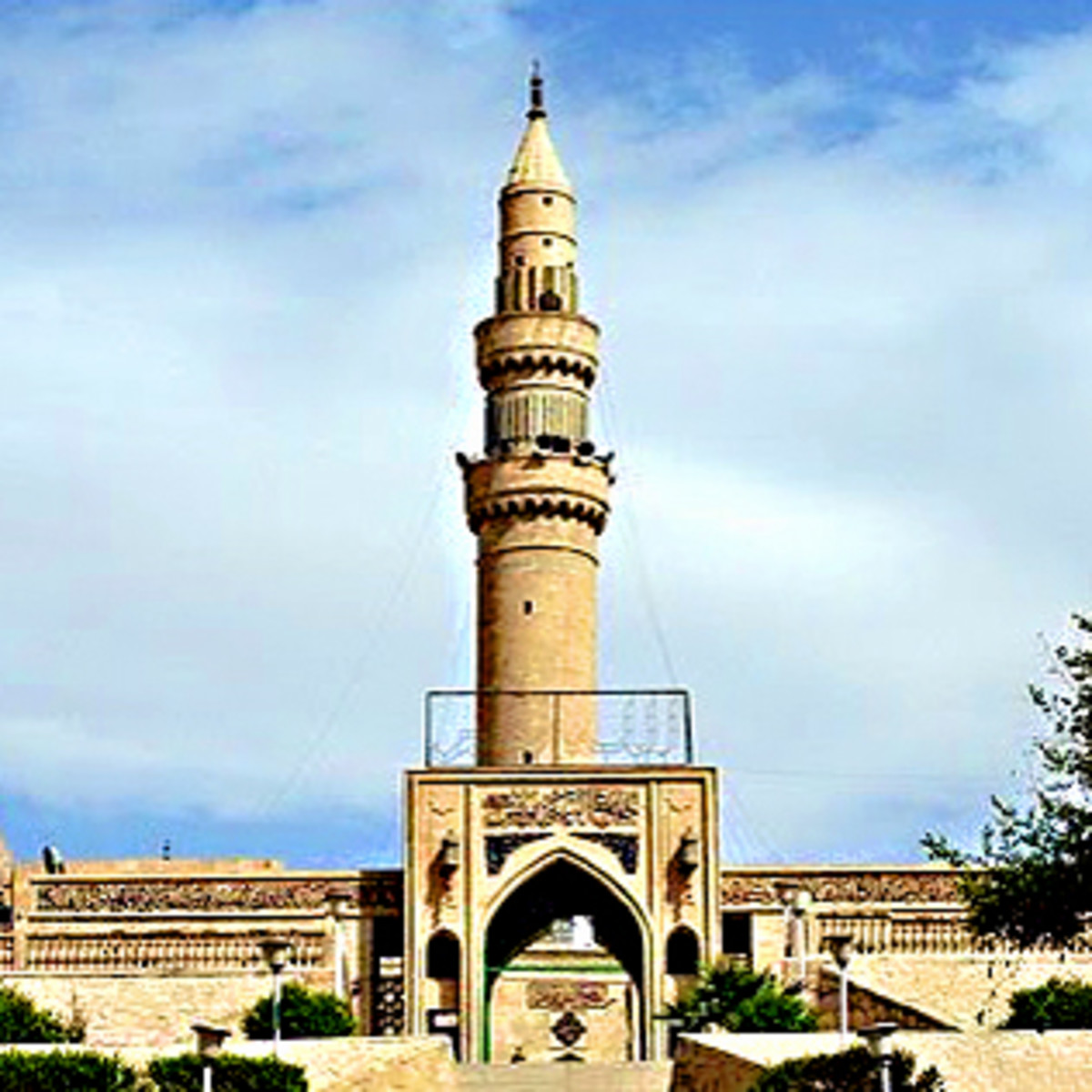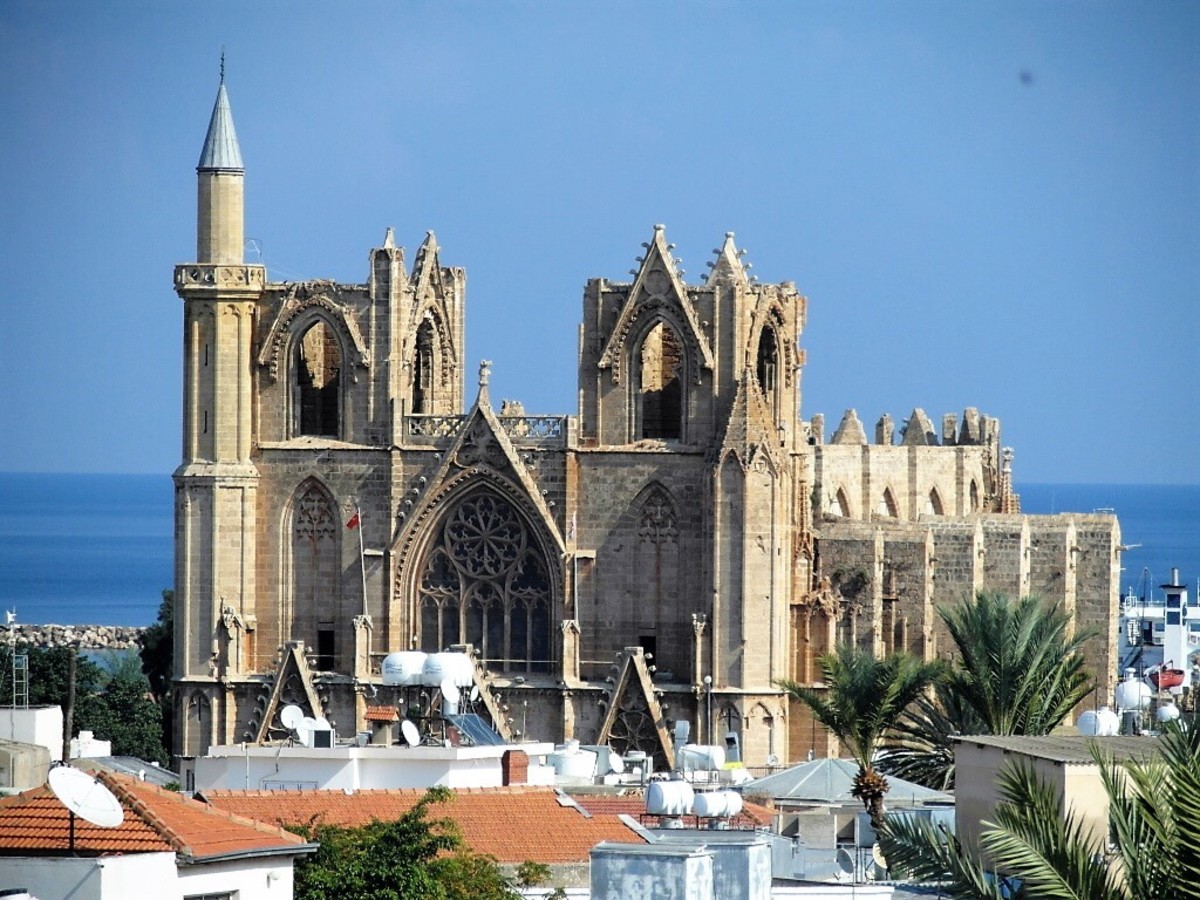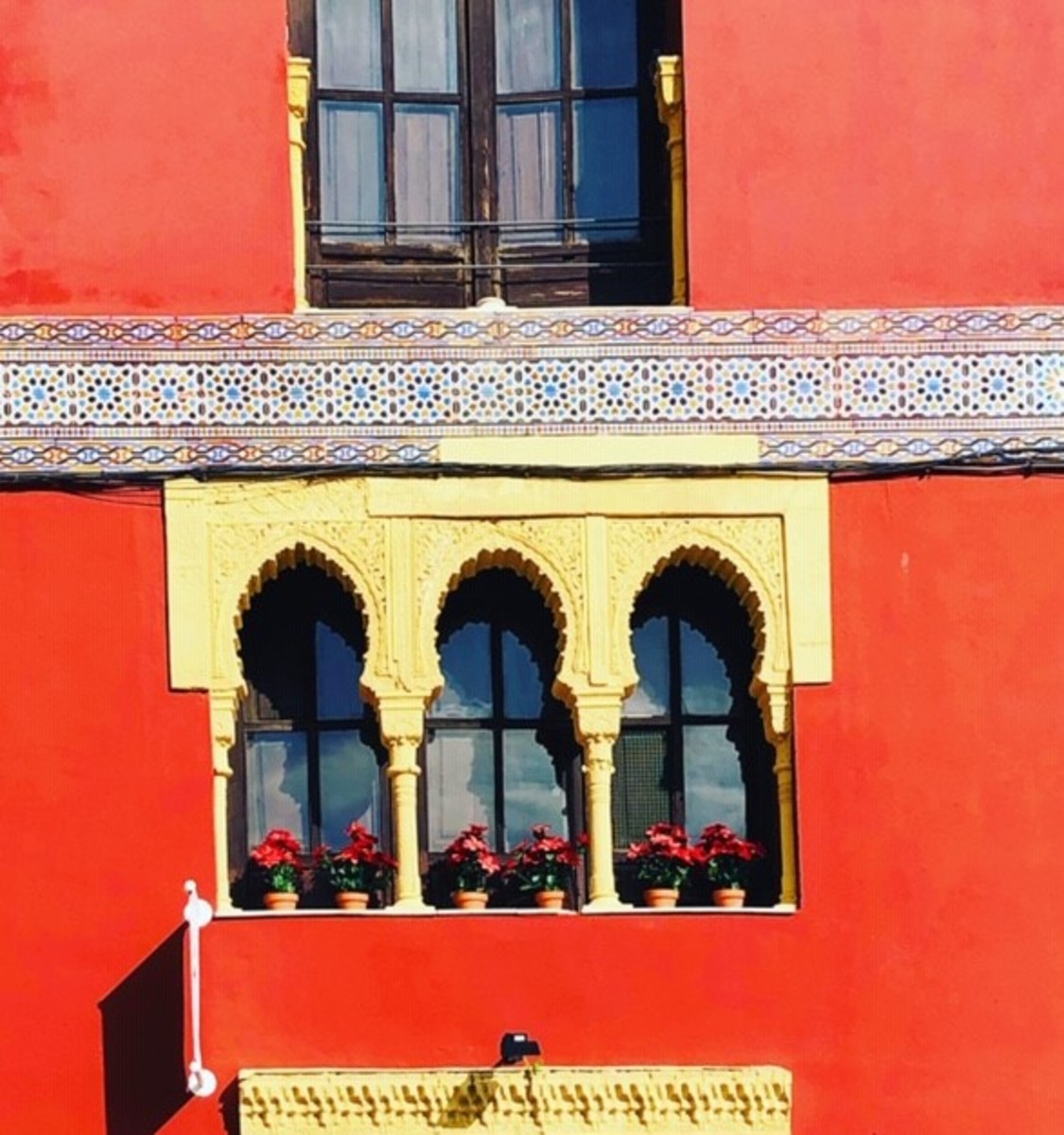History of architecture
What do we know
History of Architecture
What Do We Know About Mosques?
Yet another message from a Moscow aunt of mine gave me a fresh insight into the world of Islamic architecture, specifically mosques. She sent me photos of Islamic mosques from different parts of the world that she found on Russian web sites; those photographs allowed me to analyze both the history of mosque architecture and delve into the history of Islam itself. In translation, "Islam" means peace; another meaning is "to accept." "Muslim" means "the one who obeys," in this case obeys to God. There are two branches of Islam, Sunnites (85%) and Shiites (15%). Islam is known to be the second largest world religion, and the numbers of its followers continues to grow, including many adepts in the United States.
In Arabic, "mosque" means a place of worship. There are four types of mosques: quarter, cathedral, Kabire (Central) and Musalla (the town mosque).
The history of Islam starts in the 7th century. In Russia Islam was introduced in the 10th century; there are over 12 million Muslims in today's Russia. Islamic religion has been known in the United States since the 16th century.
The very first mosque was built in Medina in 662, and the first mosque with a minaret was erected in Iraq in the year 847. In Africa Islam began to spread beginning in the 7th century but was officially accepted only in the 14th century. Even now, in the 21st century, there aren't many followers of Islam among the local population of Africa. However, Cairo is called the City of the Thousand Mosques.
The oldest mosques were transformed out of former churches, such as Sofia Constantinople, or Hagia Sophia (Holy Wisdom) -- the main mosque in Istanbul, Turkey. A minaret was added to the old church to form a mosque. Another example is the Umayyad Mosque of Damascus in Syria. More recently, the Church of St. John the Baptist was divided into the Christian and Muslim parts. The church's interiors change as one moves from one part to another; it is fascinating to watch the transformation. The visitors are asked to put on a black hooded cloak so as not to dishonor either religion. Thus cloaked, we entered the temple.
In Jerusalem, the famous Omar's Mosque, or the Mosque (Dome) of the Rock, built in 691 in the vicinity of the Wailing Wall on the Mount Temple, was erected over the sanctuary of Solomon's Temple; nearby, another mosque, Al-Aqsa, was built in 693 over the remains of a basilica.
Thus, the basic architectural ideas of the mosques were borrowed from the Christian architecture, with the additions in the forms of minarets as symbols of masculine control. However, in one of the recent publications we found a rather long discussion on the term "minaret" and its architectural form. The authors of the article ("Minarets: Proximity to God," V. Artemiev, A. Urmanov, Era, No 3, 2009, pp. 9-25) argue that the very nature of the word "minaret" is based on the word "light," which brings it closer to the Hebrew word for menorah, the source of light. They further argue that the prototype of the minaret was the Pharos lighthouse, which, in our opinion, is only one of the possible explanations of the minarets' architecture.
In Africa and Asian countries, where Islam was introduced much later, we see very different philosophy, religion and non-traditional architectural solutions, less for cathedrals, mostly for quarter and urban mosques. In Africa, most structures are in the form of a large habitation with some familiar details of local architecture and symbols of pre-Islamic religions. In China, it is easy to spot a mosque in front of you, since it is built in a shape of a pagoda without minarets; the same style is common for Indonesia. In Indonesia, Muslim women do not wear dresses and do not cover their faces. In Africa, Muslim women leave their breasts unobscured. In each individual case, we see how Islam is interpreted and factored into the local traditions. It is not so much added to the local style as incorporated from within.
For those who want to learn more about Islam traditions and architecture, we suggest to research all the information available on the internet.








